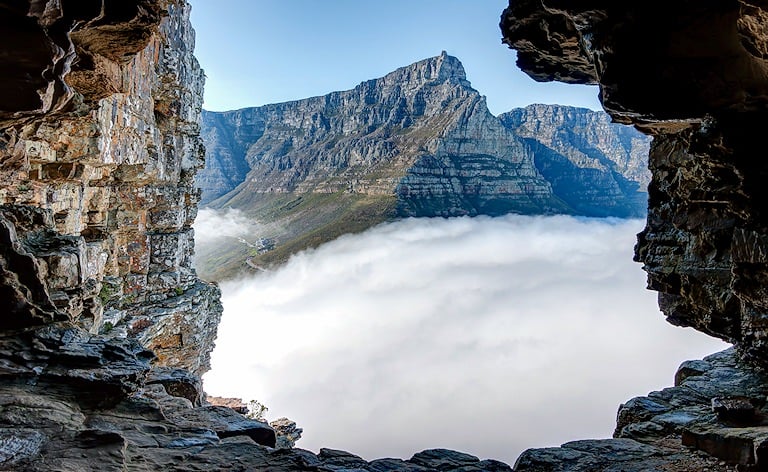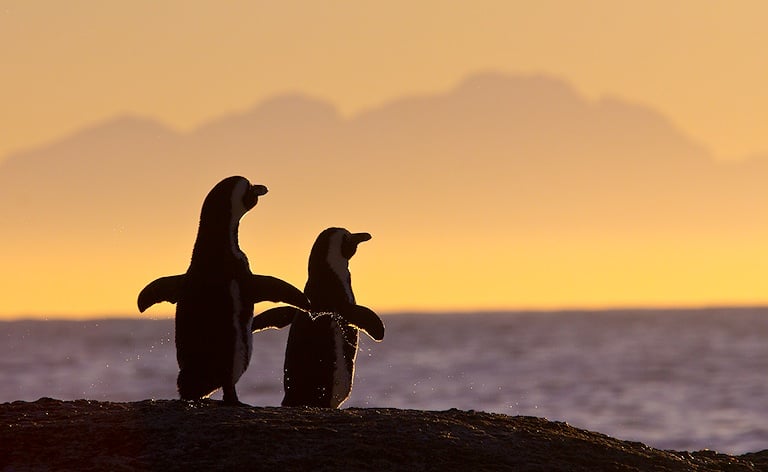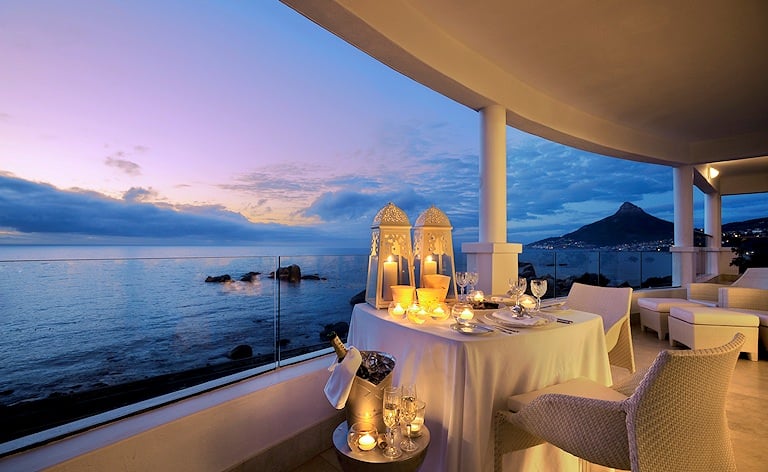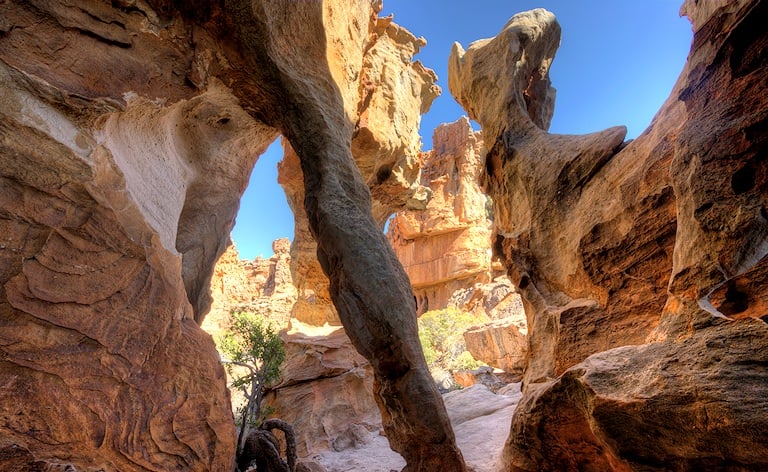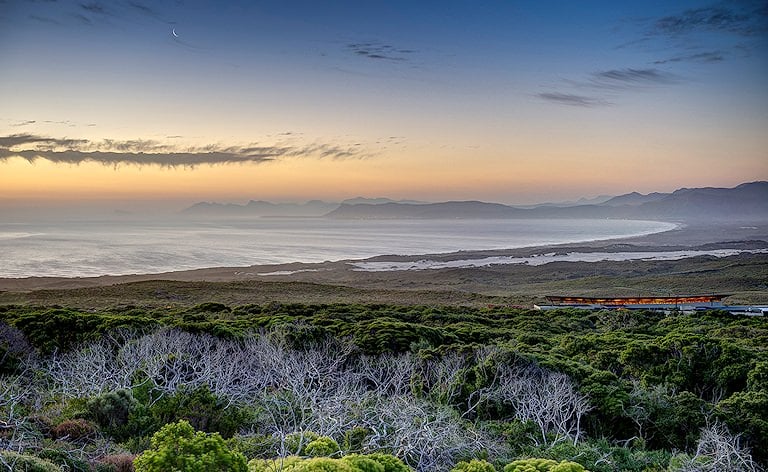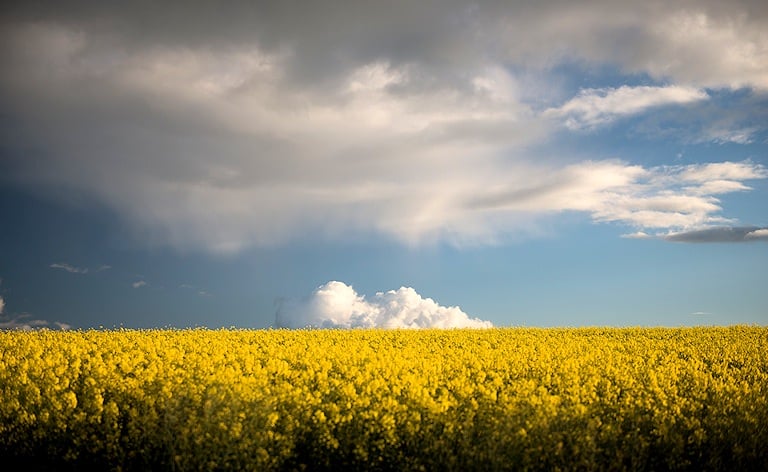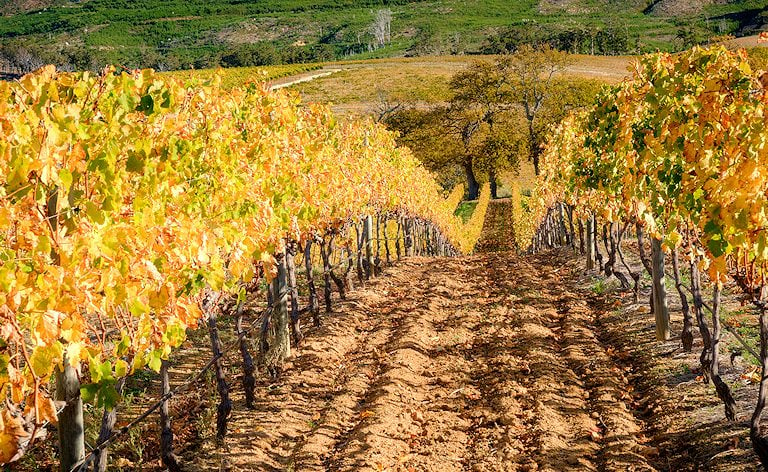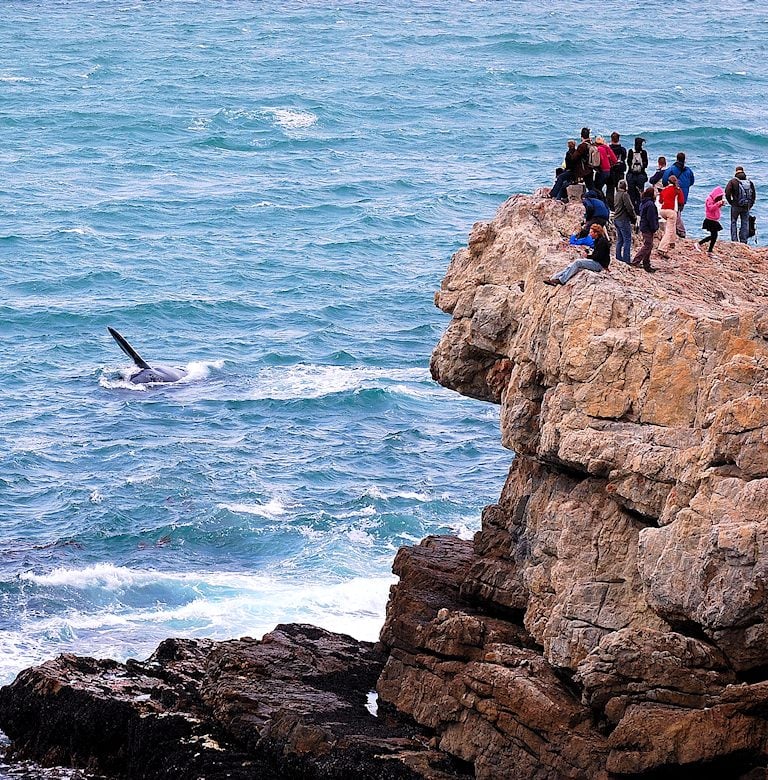10 Day Our Fairest Cape Tour
Help Me PlanIncluded
Accommodation:
- 3 Nights Cellars Hohenort
- 3 Nights Bushmans Kloof
- 2 Nights Grootbos Nature Reserve
- 1 Night Leeu House
Guides:
- Private African Sky Guide: From Day 1–4
- Resident Rangers: From Day 4–8
- Private African Sky Guide: From Day 9–10
Vehicles:
- Private Air Conditioned Vehicle: From Day 1–4
- Open 4x4 Vehicle: From Day 4–8
- Private Air Conditioned Vehicle: From Day 9–10
Meals:
- Only Meals Specified
Flights:
- None
Transfers:
- Bushmans Kloof to Grootbos
Activities & Entrance:
- All Activities Included in the Itinerary, Unless Stated as Optional
- All Entrance Fees to Places Mentioned in the Itinerary, Unless Stated as Optional
Additional Inclusions:
- Tourism Levy
- All Applicable Taxes
- All Park Fees, Where Applicable
Excluded
Excluded:
- International Airfare (To and From South Africa)
- Personal and Medical Insurance
- Drinks
- Gratuities


